To determine if SO2 (sulfur dioxide) is polar or nonpolar, we need to first determine its geometry. This presumes knowing the rules for drawing a correct Lewis structure and you can find more details about Lewis structures here.
Sulfur is the central atom, so we can draw the skeletal structure:
![]()
There are 3×6 = 18 electrons, and 4 of them are used to make 2 bonds. The two oxygens take 6 lone pairs, and the remaining one goes to the sulfur:
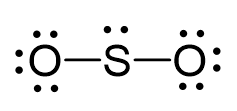
As it is drawn, the problems with this structure are that the sulfur lacks an octet and the oxygens have only one bond and three lone pairs. Remember, the normal valency of oxygens is having two bonds and two lone pairs otherwise a formal charge needs to be assigned.
Therefore, one lone pair from each oxygen is used to make an additional bond with the sulfur:
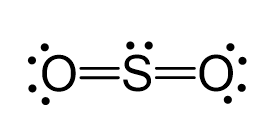
The central atom has a steric number of 3 – two atoms and one lone pair. The electron geometry, therefore, is trigonal planar, and the molecular geometry is bent.
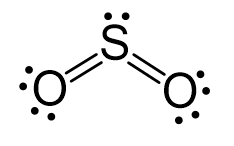
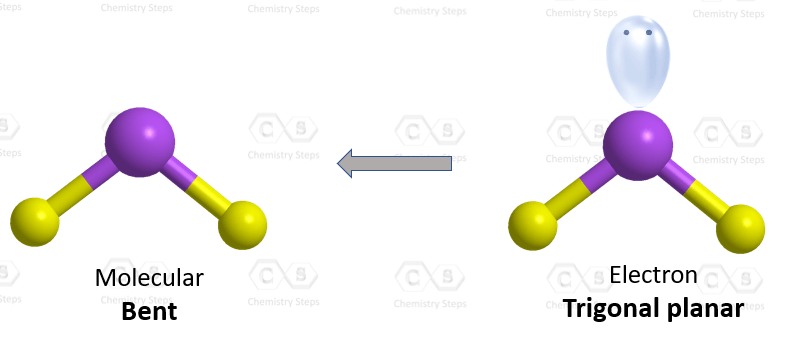
Now, the polarity: The first thing here is to determine if the S-O bond is polar. Depending on the difference in the electronegativity values, covalent bonds can be polar and nonpolar.

- If the difference in electronegativity is less than 0.5, the electrons are about equally shared between the two atoms, forming a nonpolar a covalent bond.
- If the difference in electronegativity is between 0.5 and 1.7, we have a polar covalent bond.
- A difference of 1.7 or higher is so large that the electrons are no longer shared, and an ionic bond is formed. Ionic bonds are formed between metals and nonmetals.
Oxygen is more electronegative and because the dipoles of S-O bonds do not cancel, the molecule is polar.
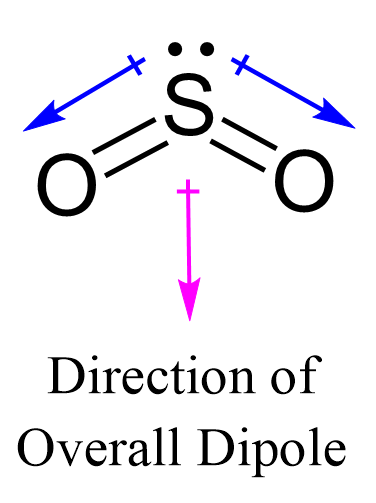
Check this 99-question multiple-choice quiz on Geometry and Hybridization:
Check Also

